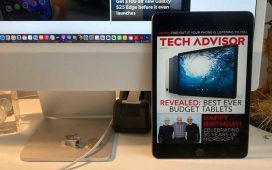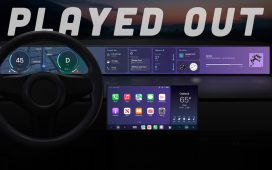The majority of people listening to this episode are hearing it on an iPhone. As most of us can attest, the iPhone is so central to our lives that if we lose it, we feel totally unmoored from our ability to function in the world.
It’s hard to explain how ubiquitous the iPhone is—and how much of a behemoth Apple is. Apple sells over 60 million iPhones in the U.S. a year, and one plant can make as many as 500,000 iPhones per day. And in 2024, the company brought in a total revenue of $391 billion.
The rise of Apple and the iPhone did not happen by accident. The fact that we all walk around with the most sophisticated technology in our pockets—at a cost of about a thousand dollars each—is the result of two forces: Tim Cook, the CEO of Apple, and China, our largest geostrategic and economic rival.
Few people are more prepared to discuss the symbiotic relationship between Apple and Communist China than Patrick McGee, a longtime business journalist who has covered Apple for the Financial Times. McGee is the author of Apple in China: The Capture of the World’s Greatest Company.
And Patrick makes the case that Apple became the world’s most valuable company by wedding itself—and its future—to an authoritarian state. As the president and others talk about decoupling from the country, Apple’s exposure in China isn’t just a liability for the company—it’s a liability to our national security, our own workforce, and our future.
Today on Honestly, Bari asks Patrick how China came to dominate Apple’s manufacturing supply chain; how its totalitarian system and labor practices lured Apple to it; and how Apple’s decades-long transfer of knowledge and capital into China has made it nearly impossible to leave. Also, why the conventional wisdom—which is that Apple would not exist but for China—actually works the other way around. As Patrick argues, China would not be China without Apple.
Click below to listen to our conversation, or scroll down for an edited transcript.








